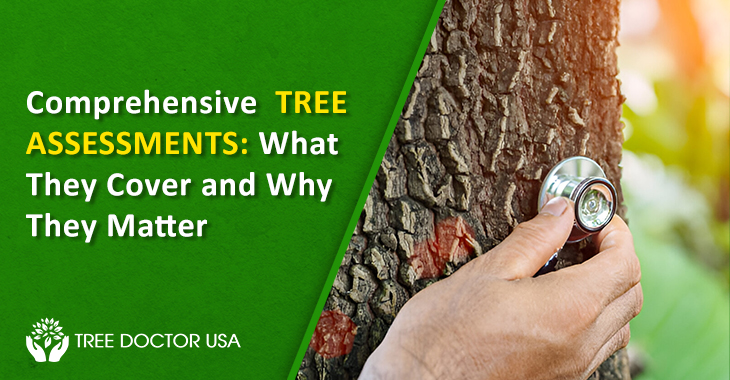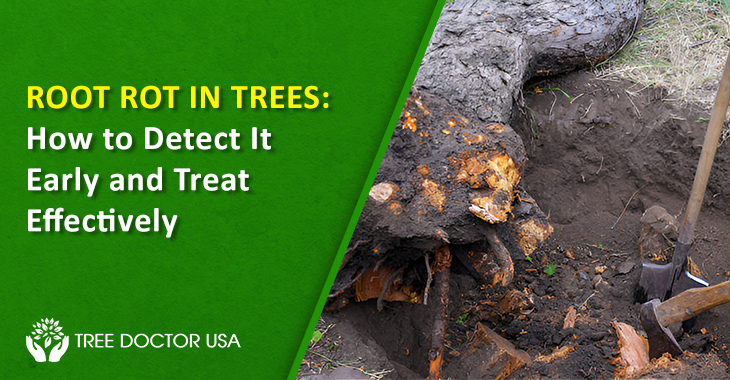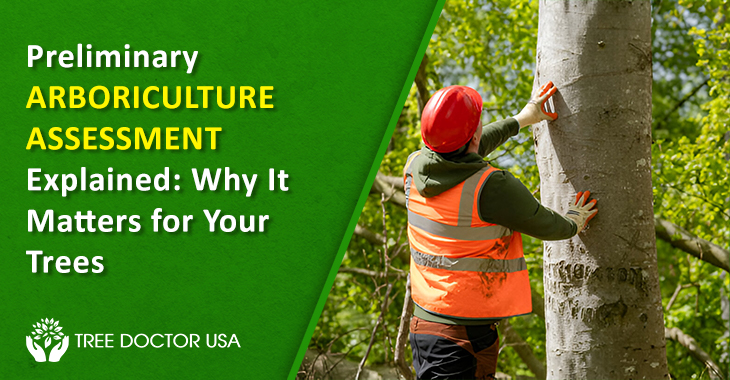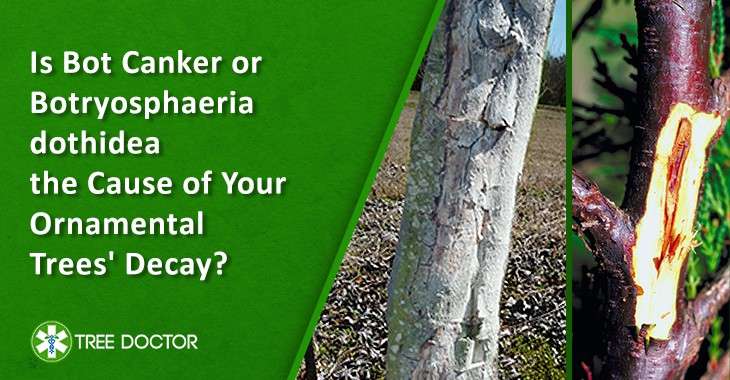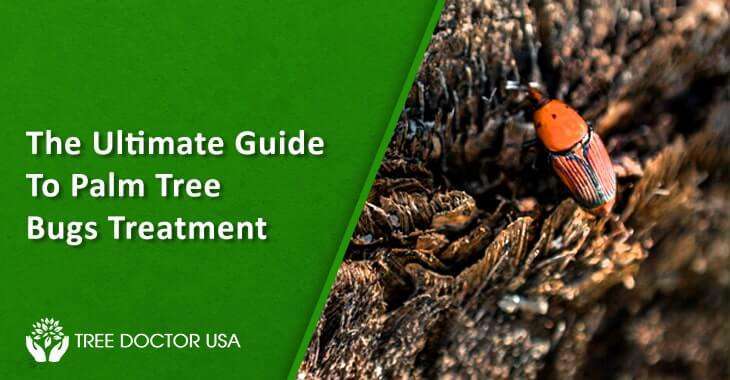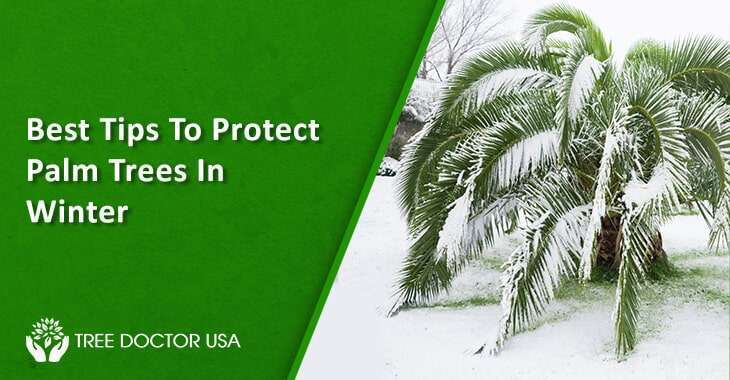Comprehensive Tree Assessments: What They Cover and Why They Matter
Trees, often called the lungs of the Earth, play a pivotal role in maintaining ecological balance, enhancing urban aesthetics and providing numerous environmental benefits.
They are a great addition to your property. They offer shade, food and shelter for animals, making your home look more attractive. However, it’s essential to be aware of their health and any potential risks they might pose. A tree assessment is necessary to monitor your trees’ condition and determine how to best care for them.
Basic Tree Assessment vs. Tree Risk Assessment
A professional company offers two types of tree evaluations as part of their home inspection services: Basic Tree Assessment and Tree Risk Assessment.
In a Basic Tree Assessment, a certified arborist evaluates the overall health of all the trees on the property. They check for signs of pests, diseases, and damage and provide recommendations on how to care for the trees to ensure their longevity.
The arborist also uses a technique called sounding, where they hit the tree with a rubber mallet and listen to its sound to detect decay or a hollow center. Additionally, they inspect any open cavities in the trees.
A Tree Risk Assessment is more thorough and focuses on an individual tree and its surrounding area. It assesses the tree’s health and determines if it poses a risk to nearby structures. For example, if a tree’s roots threaten your home’s foundation or if a branch is likely to fall on your garage, the arborist will identify these risks so you can take protective measures. Additional trees can be included in the risk assessment for an extra fee.
Both assessments include a detailed report from the arborist, offering expert insights into the health, current status, and future care needs of the trees on your property.
Why is a Tree Assessment Important?
It’s often difficult to judge a tree’s health and potential risks just by looking at it. A tree that appears healthy might be diseased and in need of treatment. While a tree’s canopy may seem attractive next to your home, its roots could be more significant than expected and threaten your home’s foundation. Trees enhance the beauty of our properties, so it’s essential to ensure they remain healthy and thrive for generations. Regular tree assessments by a professional can identify risks you might miss and offer care recommendations, keeping your trees and home safe.
Tree Risk Assessments: What They Cover
Tree risk assessments are essential for ensuring trees’ health, stability, and safety in urban and suburban areas. We are here to guide you if you need clarification on the type of assessment you need or what the evaluation will involve.
Tree risk assessments are a best practice and a legal requirement under USA regulations.
This detailed guide explains tree risk assessments, the various assessment levels and their importance for property owners, local authorities and anyone responsible for tree care.
Level 1: Limited Visual Assessment
The first level of tree risk assessment is a Limited Visual Assessment. This is a broad, quick evaluation to identify trees with high or extreme risk. Arborists might perform these assessments by using vehicles or walking through parks, streets, and sidewalks.
While this approach provides minimal details about each tree, it effectively highlights trees or zones needing more in-depth Level 2 or Level 3 assessments. The primary goal is broad coverage and quick identification.
Level 2: Basic Assessment
The Basic Assessment, or Level 2, involves a more detailed evaluation. An arborist walks around the tree, inspecting all visible areas for defects, including the surrounding ground. Techniques like “sounding” the tree with a rubber mallet and probing open cavities are used to assess the tree’s condition.
If the arborist finds signs of structural weakness or health issues, they may recommend a Level 3 Advanced assessment. A detailed report of observations and defects usually follows a Level 2 assessment.
Level 3: Advanced Assessment
Level 3 Advanced Assessments comprehensively examine the tree’s roots, stem, or crown. These assessments may include climbing inspections, compressed-air tool examinations, resistance drilling, or sonic tomography.
Professional arborists conduct these assessments and recommend appropriate mitigation, maintenance, or removal measures. A comprehensive tree risk assessment report includes field observations, photos, testing results and recommendation options, giving a complete view of the tree’s condition.
Why Comprehensive Tree Assessments Matter
Safety
Trees can pose significant risks if not properly managed. Falling branches or entire tree failures can cause injury, death and property damage. Regular tree assessments help identify and mitigate these risks, ensuring people’s and property’s safety.
Tree Health and Longevity
Proactive care informed by thorough assessments can significantly extend the life of trees. Early detection of diseases, pests and structural issues allows timely interventions to save trees from premature decline or death.
Economic Value
Trees contribute to property value and community aesthetics. Well-maintained trees enhance curb appeal and increase property values by up to 20%. Conversely, neglected trees can become liabilities, leading to costly emergency removals and damage repairs.
Environmental Benefits
Healthy trees play a crucial role in environmental sustainability. They intake carbon dioxide, improve air quality, conserve water and provide habitat for wildlife. Ensuring their health through comprehensive assessments helps maintain these vital ecological functions.
Legal and Regulatory Compliance
In many regions, tree assessments are required by law, especially for trees on public land or near construction sites. Compliance with these regulations helps avoid legal issues and ensures responsible tree management practices.
Informed Decision-Making
Property owners, municipalities, and landscape managers can make informed decisions based on the insights provided by comprehensive tree assessments. Accurate information is crucial for effective tree stewardship, whether planning for new plantings, managing existing trees, or addressing hazards.
3 Reasons Why You Should Get A Professional Tree Assessment
While your property’s trees seem self-sufficient, they can develop problems over time. To catch these issues early, it’s essential to have a professional tree service perform regular tree assessments. This short list explains why having your trees inspected by a professional at least twice a year is beneficial. It aims to be helpful and informative.
Tree Safety: When significant parts of trees, like branches or the whole tree, fall, they can cause severe damage to your home or property. Our team of experts can check your trees twice a year to find any problems that might make them fall. This reduces the chance of damage to your stuff or anyone getting hurt.
Tree Health: Your trees are a big part of your yard, so you want to keep them healthy. It’s essential to have a professional check your trees to ensure they’re healthy and spot any easy-to-miss signs of sickness or bugs if you don’t know what to look for. That’s why it’s problems early.
Tree Looks: Tree checks aren’t just about health—they can also make your trees look better. We can tell you how to feed, trim, and prune your trees to make them look nice and stay strong.
Regular tree assessments help you avoid potential issues, ensuring your trees remain healthy and beautiful additions to your property for years. A well-maintained landscape adds value to your home and enhances its overall appeal.
Conclusion
Comprehensive tree assessments are an indispensable tool for anyone responsible for the care and management of trees. They provide a detailed understanding of a tree’s health, structure and potential risks, enabling proactive and informed decision-making. By investing in regular tree assessments, we can ensure our trees’ safety, health and longevity, maximizing their benefits for generations to come.
Please don’t wait until it’s too late! Schedule your professional tree assessment with Tree Doctor USA now to safeguard your property, ensure your trees’ health and longevity, and enjoy peace of mind for years to come!


